- Lowest Car Loan Interest Rate
 You might be interested in
You might be interested in - You might be interested in

Home / Business Insurance / Public Liability Insurance
Compare quotes for public liability insurance from range of leading insurers right here with Savvy.
Author
Savvy Editorial TeamFact checked

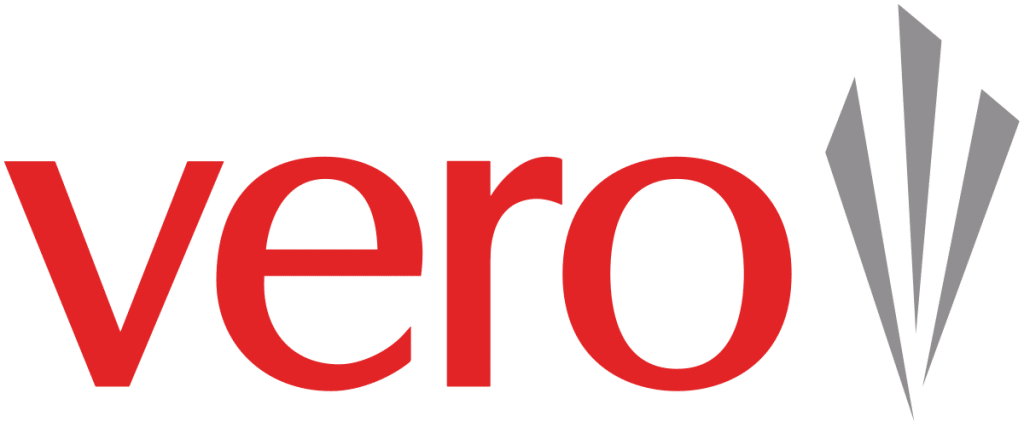

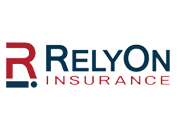
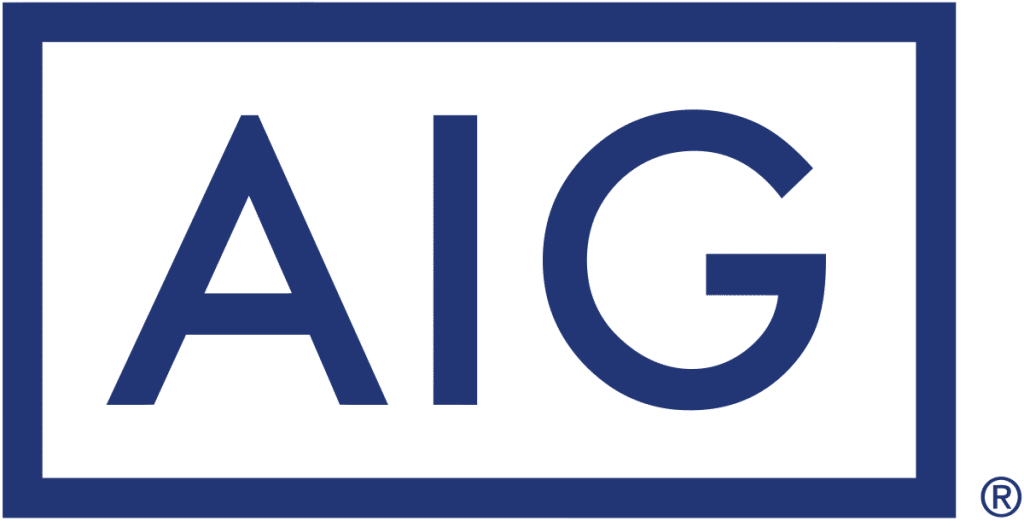

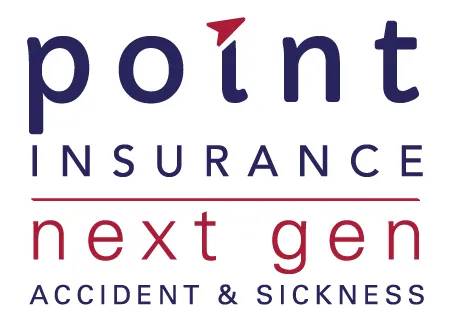
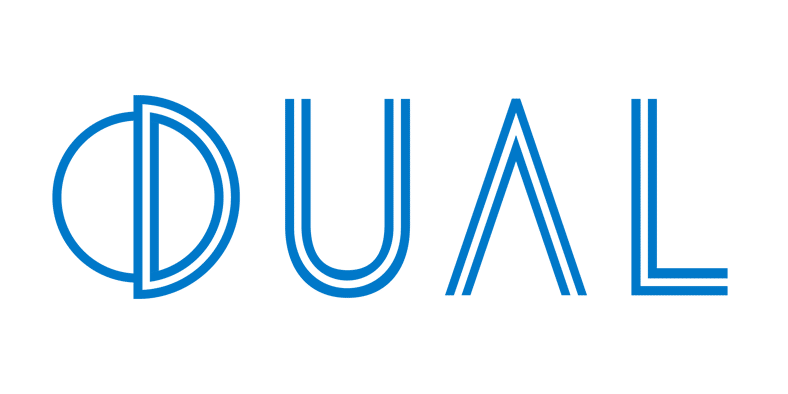
We’ve partnered with BizCover to bring you a range of business insurance policies to help you compare them side by side.
Public liability insurance is an essential safeguard for businesses and individuals in Australia. Accidents can occur unexpectedly, leading to potential legal claims and financial liabilities. At Savvy, we understand the importance of finding the right insurance coverage to protect your business from potential risks and liabilities. That's why our 100% free comparison service is designed to provide you with quick and easy access to a wide range of insurance options tailored to your specific needs.
Whether you're a small business owner, contractor, or event organiser, our goal is to help you make informed decisions by comparing policies from multiple insurers. With Savvy, you can save time, effort, and potentially even money by finding the most suitable public liability insurance that fits your requirements. Start comparing now and safeguard your business with confidence.
Public liability insurance is a type of business insurance that protects businesses and individuals in case they are found legally responsible for injury or property damage to third parties during their business operations. It plays a crucial role in safeguarding businesses from potential financial losses arising from legal claims or lawsuits filed by the public.
Public liability insurance provides essential protection to businesses by covering various liabilities related to accidents or incidents on their premises. Here's how it can safeguard your business:
Public liability insurance typically covers a range of incidents and liabilities that may occur during your business activities. While policy coverage may vary, here are common areas of coverage:
It's important to carefully review a policy you intend to buy to understand its specific coverage, exclusions, or limitations. You can easily compare multiple insurance policies right here through Savvy. Our free comparison service makes it easy for you to potentially find a policy that fits in with your business needs.
Typically, public liability insurance does not cover the following:
It's essential to carefully review your policy terms and conditions to understand the specific coverage limitations of your public liability insurance. By being aware of what is generally not covered, you can better assess your risk exposure and explore additional insurance options to address any potential gaps in protection.
Public liability insurance is generally not mandatory for all businesses in Australia. However, certain industries or professional associations may require it as a condition of operating or obtaining membership. For example, tradespeople, contractors, and event organizers often need public liability insurance to meet regulatory requirements or secure contracts. Additionally, some government bodies, venues, or clients may insist on proof of public liability coverage before engaging in business activities. Even if it's not mandatory, having public liability insurance is highly recommended as it offers financial protection against potential claims and liabilities arising from third-party property damage or personal injury.
When it comes to public liability insurance, the amount of coverage you'll need will depend on various factors unique to your business. Here are some key considerations to help you determine the appropriate coverage level:
1. Nature of your business: Assess the type of activities your business engages in and the potential risks involved. Higher-risk industries like construction or manufacturing may require more coverage.
2. Business size and revenue: Larger businesses or those with higher revenue streams may need more coverage to safeguard their financial interests.
3. Industry standards: Research what coverage limits are typical in your industry. This can give you an idea of what other businesses in your sector consider adequate.
4. Your client requirements: Some clients or contracts may specify a minimum coverage amount as a condition for doing business. Make sure you meet any contractual obligations.
5. The value of your assets: Evaluate the value of your business assets, such as property, equipment, and inventory. Consider how much coverage would be necessary to protect them in case of damage or loss.
6. Potential damages and legal costs: Estimate the potential costs associated with third-party claims, including medical expenses, legal fees, and settlements. It's essential to consider worst-case scenarios to ensure sufficient coverage.
If you're looking for the right public liability insurance coverage for your business, Savvy is here to help. Our free comparison service allows you to easily compare multiple insurance policies and find one that suits your specific needs. Start comparing policies now with Savvy to start your journey to find the best possible public liability insurance for your protection.
When selecting the right insurance policy for your business, it's important to compare the following variables:
Carefully consider the price of different public liability insurance policies. While some policies may provide the same coverage, their prices can vary significantly. However, remember that the cheapest policy may not always be the best choice for your specific needs.
This is a crucial aspect to assess as a business owner. Ensure that the policy covers all the areas where your business faces the risk of causing harm or injury to third parties or their property. Whether it's a construction site with heavy machinery or a second-hand market stall, your insurance should protect you from potential legal actions arising from various scenarios.
Determine the appropriate level of coverage required for your business. Contracts, government tenders, and professional bodies often specify the minimum amount of public liability insurance you need. For instance, federal government building contracts may require a minimum of $20 million, while state government contracts often specify $10 million. Some professional associations also have coverage requirements for membership. Keep in mind that benefit amounts typically range from $5 million to $20 million, but larger projects may require higher coverage, such as music festivals with public liability insurance in New South Wales reaching up to $100 million.
Review the Product Disclosure Statement (PDS) carefully to identify any optional extras that may be beneficial for your policy. These can include additional product liability insurance or coverage for multiple business locations.
Compare these variables when selecting the right public liability insurance policy for your business. Our free comparison service allows you to easily assess multiple policies and find one that suits your specific requirements from our panel of leading insurers. Take advantage of our service and make an informed decision to protect your business today!
Find the best possible insurance coverage for your business quickly and easily here with Savvy's 100% free comparison service.
With multiple trusted insurance partners across the country, you can enjoy high-quality online comparisons all in one place right here.
Skip the hassle and save time and money by comparing with Savvy to get instant online insurance quotes for convenient comparisons.
Find the best possible insurance coverage for your business quickly and easily here with Savvy's 100% free comparison service.
With multiple trusted insurance partners across the country, you can enjoy high-quality online comparisons all in one place right here.
Skip the hassle and save time and money by comparing with Savvy to get instant online insurance quotes for convenient comparisons.
Find the best possible insurance coverage for your business quickly and easily here with Savvy's 100% free comparison service.
With multiple trusted insurance partners across the country, you can enjoy high-quality online comparisons all in one place right here.
Skip the hassle and save time and money by comparing with Savvy to get instant online insurance quotes for convenient comparisons.
Find the best possible insurance coverage for your business quickly and easily here with Savvy's 100% free comparison service.
With multiple trusted insurance partners across the country, you can enjoy high-quality online comparisons all in one place right here.
Skip the hassle and save time and money by comparing with Savvy to get instant online insurance quotes for convenient comparisons.
Public liability insurance offers your business cover in case anyone is injured, or their property is damaged, whilst on your business premises. Product liability covers you in case anyone or anything is damaged as a result of a product you distribute, supply or manufacture.
Yes – a general business insurance package will usually include public liability insurance, professional indemnity insurance and workers’ compensation insurance, as these are the most common forms of insurance and are often bundled together.
Absolutely, public liability insurance is available for tradespeople. It's crucial to have this coverage as it protects you against potential liability claims that may arise from your work or interactions with clients or the public.
Yes, public liability insurance can cover subcontractors. This coverage ensures that subcontractors are protected against potential liability claims that may arise from their work or actions while performing their duties.
Several factors can influence the cost of public liability insurance, including the nature of your business, the state you live in, the industry you operate in, your annual turnover, the number of employees you have, the coverage limits you choose, and any additional risks associated with your operations.
Although annual policies are more common, it’s possible to take out public liability insurance for specific events. Common examples include a public concert or music festival, parties, fireworks shows, public parades or community celebrations. Such one-off events are more often covered by smaller specialist insurers, rather than large general insurers.
Professional indemnity insurance covers an individual or small business against claims alleging professional mistakes, misconduct, bad advice and negligence. Public liability is more about someone or their property getting directly hurt or damaged.
Yes – the premiums for all your business insurance are claimable as the cost of carrying out business, so you can claim them as a business expense on your tax return.
Yes, public liability insurance can potentially cover defamation claims. If someone alleges that your actions or statements have caused harm to their reputation, this coverage can help protect your business by providing financial support in the event of a defamation claim.
This isn’t compulsory by law, but if you run any sort of business offering a trade or service to members of the public, you should have public liability insurance.
Yes, public liability insurance generally covers accidents that occur on your business premises. This ensures that you are financially protected in case someone suffers an injury or property damage while visiting your premises.
Yes, public liability insurance is available for construction projects. It is important to have this coverage to protect your business from potential liability claims arising from construction site activities or interactions with third parties.
No posts found!
Disclaimer:
Savvy is partnered with BizCover Pty Ltd (ABN 68 127 707 975, AFSL 501769) to provide readers with a variety of business insurance policies to compare. Savvy earns a commission from BizCover each time a customer buys a business insurance policy via our website. We don’t arrange for products to be purchased from these brands directly, as all purchases are conducted via BizCover.
Savvy does not compare all business insurance policies or providers currently operating in the market. Any advice presented above or on other pages is general in nature and doesn’t consider your personal or business objectives, needs or finances. It’s always important to consider whether advice is suitable for you before purchasing an insurance policy.
For any further information on the variety of insurers compared by BizCover or how their business works, you can read their Financial Services Guide.
Quantum Savvy Pty Ltd (ABN 78 660 493 194) trades as Savvy and operates as an Authorised Credit Representative 541339 of Australian Credit Licence 414426 (AFAS Group Pty Ltd, ABN 12 134 138 686). We are one of Australia’s leading financial comparison sites and have been helping Australians make savvy decisions when it comes to their money for over a decade.
We’re partnered with lenders, insurers and other financial institutions who compensate us for business initiated through our website. We earn a commission each time a customer chooses or buys a product advertised on our site, which you can find out more about here, as well as in our credit guide for asset finance. It’s also crucial to read the terms and conditions, Product Disclosure Statement (PDS) or credit guide of our partners before signing up for your chosen product. However, the compensation we receive doesn’t impact the content written and published on our website, as our writing team exercises full editorial independence.
For more information about us and how we conduct our business, you can read our privacy policy and terms of use.
© Copyright 2025 Quantum Savvy Pty Ltd T/as Savvy. All Rights Reserved.
Our consultant will get in touch with you shortly to discuss your finance options.